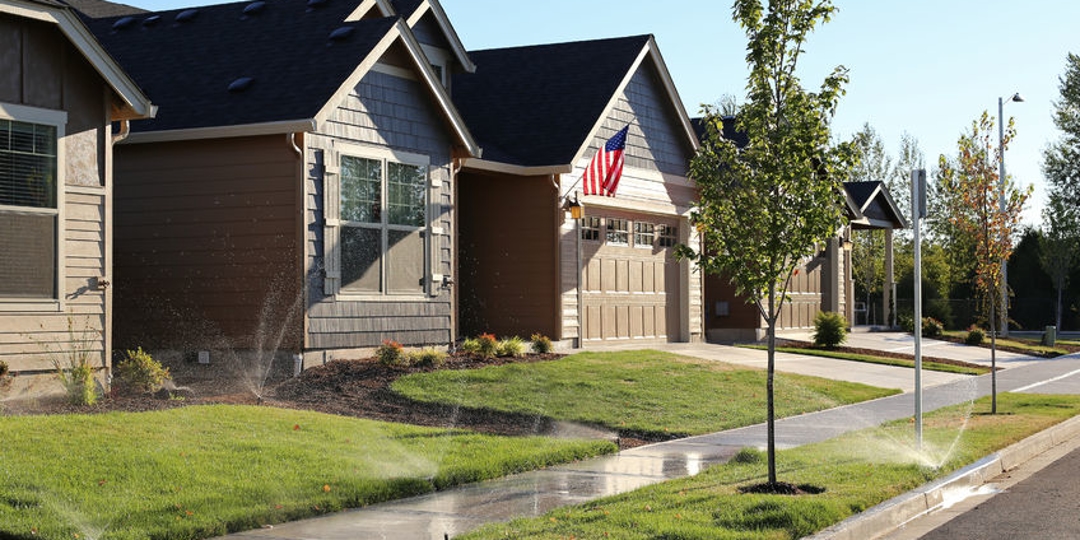We're no strangers to extreme weather here in the Texas Gulf Coast area. Severe weather conditions, from drought to excessive rain to storms, can harm trees and open them to disease and infestations.
A large swath of middle and Western Texas is currently under at least moderate drought conditions. Even though the situation is much better here in our part of the Gulf Coast area, several counties just south of us also face moderate drought conditions. As we will soon be entering the sweltering summer months, it is important to know how drought can impact trees.
- Water stress: Drought conditions can cause water stress in trees. Obviously, trees need water to survive, and when there is not enough water in the soil, trees will try to conserve water by closing their stomata, or the pores on their leaves. This limits the amount of carbon dioxide that can be taken in during photosynthesis, which can slow down or halt growth and cause leaves to wilt and die.
- Reduced nutrient uptake: During drought conditions, the lack of water in the soil can reduce the availability of nutrients that trees need to grow and thrive. When the soil is dry, nutrients become concentrated and difficult for roots to take up. This can lead to nutrient deficiencies, weakening the tree and making it more susceptible to pests and diseases.
- Increased vulnerability to pests and diseases: Drought-stressed trees are more susceptible to pests and diseases. When stressed, a tree produces less sap and has a weaker defense system, making it easier for pests to invade and damage the tree. Additionally, drought can cause trees to produce fewer leaves and less resin, limiting their ability to fight insects and pathogens.
- Root damage: Drought can cause roots to dry out and die, leading to root rot and other fungal diseases. Drought can also cause soil to shrink and crack, damaging roots and making it more difficult for them to absorb water and nutrients.
- Structural damage: Drought can cause structural damage to trees, particularly if disease, pests or other stresses already weaken them. Drought can make trees more brittle and prone to breaking, especially during storms or high winds.
Of course, watering your trees can help keep them healthy. Do use these best practices when you need to water:
- Water deeply and slowly. Deep, infrequent watering is better than frequent but shallow watering.
- Water early in the morning. Watering in the early morning allows water to penetrate the soil before the day's heat causes evaporation.
- Use mulch. Mulch helps retain moisture in the soil, but keep the mulch a few inches away from the trunk.
Knowing the signs of a stressed tree is important so you can seek treatment as soon as possible! Our professional arborists have a deep understanding of how to help our local trees. We are committed to helping you keep your trees healthy! Visit our website to learn more or get a free estimate.

